Manchester United Old Trafford: Once a Fortress, Now in Shambles – Pundit Jamie Carragher
Few stadiums in world football carry the mystique, history, and intimidation factor of Old Trafford. For decades, it was not just the home of Manchester United; it was the symbol of their dominance, their resilience, and their identity. Rival teams arrived fearing the roar of 75,000 fans and the relentless waves of attacks orchestrated by Sir Alex Ferguson’s teams.
But in a brutally honest assessment, pundit Jamie Carragher has declared that Old Trafford is “no longer a fortress but a stadium in shambles.” His words echo a sentiment many fans, journalists, and even former players have quietly acknowledged: the Theatre of Dreams has lost its fear factor.
—
The Fortress of Old
To understand the scale of the decline, one must revisit what Old Trafford once represented.
Unbeaten runs at home: For long stretches in the 1990s and 2000s, United would go entire seasons without losing a single home game.
Famous comebacks: From late winners against Arsenal and Liverpool to the unforgettable 1999 Champions League semi-final comeback against Juventus, Old Trafford was where miracles were routine.
A nightmare for rivals: Teams arrived expecting damage limitation. Managers often set up defensively, praying to leave with a point.
As Carragher pointed out:
> “There was a time when going to Old Trafford was the toughest away trip in world football. Teams froze. United thrived. It was like a cauldron, and it fueled their dominance. That aura is completely gone now.”
—
The Current Reality
Today, Old Trafford tells a very different story. Once synonymous with invincibility, it now feels like an open ground where even mid-table and relegation-threatened sides arrive with belief.
Home defeats pile up: United have lost at home to Brighton, Crystal Palace, Brentford, and Sevilla in recent seasons. Fixtures that once guaranteed three points now bring anxiety.
Uninspired performances: Instead of high-tempo, relentless football, fans are often subjected to disjointed, lethargic displays.
Restless atmosphere: Once known for its intimidating roar, the stadium often falls into silence or erupts in boos, reflecting frustration with both players and ownership.
Carragher noted:
> “You look at the teams turning up at Old Trafford now, and they’re not scared. They come with plans to win, not just to survive. That tells you everything about the fall from grace.”
—
Why Has the Fortress Collapsed?
The decline of Old Trafford as a fortress is tied to multiple factors, both on and off the pitch.
1. Managerial Instability
Since Ferguson retired in 2013, United have cycled through David Moyes, Louis van Gaal, José Mourinho, Ole Gunnar Solskjær, Erik ten Hag, and now Ruben Amorim. With each manager came a new philosophy, a different approach, and inevitable inconsistency. No identity was maintained long enough to re-establish home dominance.
2. Squad Quality
The aura of Old Trafford was powered by legends: Giggs, Scholes, Keane, Ronaldo, Rooney, Vidic, Ferdinand. Today’s squad, though talented in parts, lacks the same leaders and world-class consistency. Opponents no longer look across the pitch and feel overpowered before the first whistle.
3. Tactical Naivety
Carragher has often pointed to tactical shortcomings.
> “United don’t impose themselves at home anymore. They let visiting teams settle into games. Under Ferguson, you were battered in the first 20 minutes — waves of attacks, relentless pressure. That’s gone.”
4. Stadium Issues
Off the pitch, Old Trafford itself has fallen behind. Leaky roofs, outdated facilities, and a lack of investment have stripped some of its glamour. Rival clubs like Tottenham, Arsenal, and Manchester City now boast state-of-the-art arenas, while United’s home struggles to inspire the same sense of awe.
—
Symbol of United’s Decline
The fall of Old Trafford as a fortress is symbolic of Manchester United’s broader decline. Once the undisputed kings of English football, United have now gone over a decade without a Premier League title. The club has become a revolving door of managers, players, and failed projects.
Carragher summed it up sharply:
> “Old Trafford is just like the club itself. Once the pinnacle of football, now playing catch-up. They need investment, identity, and leaders. Without that, it will remain a stadium where anyone feels they can win.”
—
The Psychological Factor
Perhaps the most important element in Old Trafford’s fall is psychological.
Opponents now arrive with belief: Brighton or Aston Villa no longer see themselves as underdogs.
United players themselves feel the pressure of restless home fans, often crumbling when the atmosphere turns sour.
The aura, once the most powerful weapon, has evaporated.
For a stadium to be a fortress, it must inspire fear and confidence simultaneously. Right now, Old Trafford does neither.
—
What Needs to Change
So, how can Manchester United restore Old Trafford’s fear factor?
1. Rebuild the squad with leaders. Players like Roy Keane and Nemanja Vidić set tones that made Old Trafford intimidating. United need characters of that ilk again.
2. Stability in management. Constant chopping and changing has eroded identity. Amorim, or whoever remains in charge, must be given time and backing to create a style that thrives at home.
3. Fast, attacking football. Old Trafford feeds on excitement. The crowd comes alive with relentless pressure and attacking intent. Playing with fear only amplifies negativity.
4. Invest in the stadium. Modernizing Old Trafford is essential to restore pride and make it a destination stadium once again.
5. Cultural reset. Players must once again understand the privilege and pressure of wearing the United shirt at Old Trafford.
—
Carragher’s Final Verdict
Jamie Carragher, though a lifelong Liverpool man, recognizes the importance of United in the broader football landscape. His criticism isn’t just banter — it’s a wake-up call.
> “When Old Trafford is buzzing, English football is stronger. The Premier League was built on those nights where United battered teams under the lights. Right now, it’s painful to watch. They need to find themselves again, or risk being irrelevant for another decade.”
—
Final Thoughts
Old Trafford’s fall from fortress to vulnerability is one of football’s great narratives of the last decade. Once the stage for legends and late drama, it is now a symbol of Manchester United’s decline.
But football is cyclical. With the right leadership, investment, and mentality, Old Trafford can once again become the fearsome Theatre of Dreams it once was. Carragher’s words, though cutting, may serve as the motivation United need to start that transformation.
For now, however, the verdict is clear: the fortress has crumbled, and Manchester United must rebuild brick by brick if they ever want to restore the glory of Old Trafford.
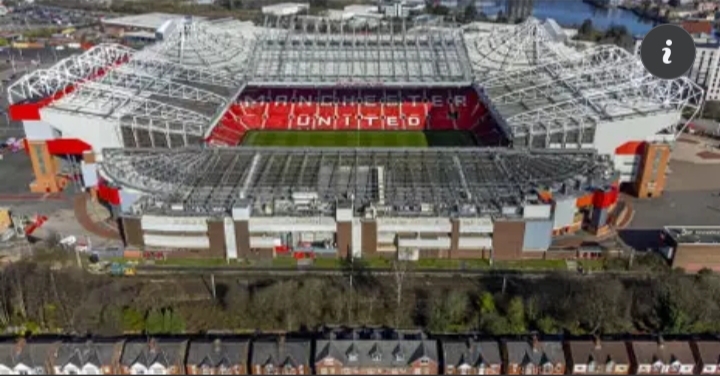
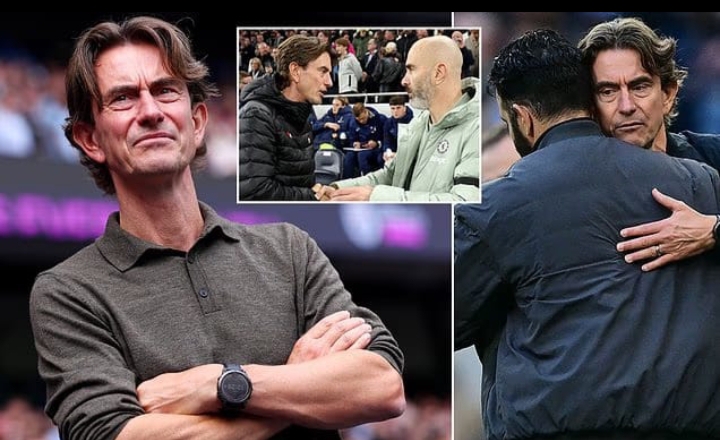
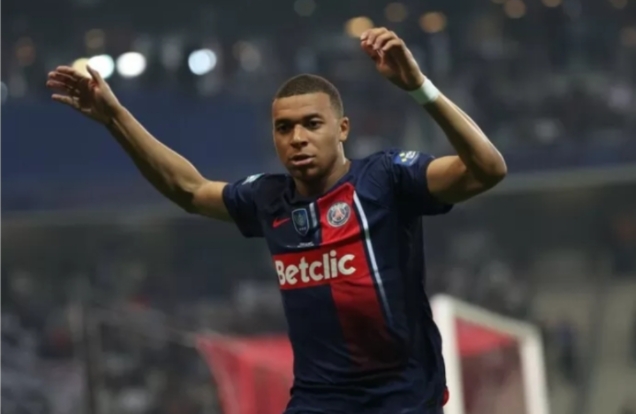
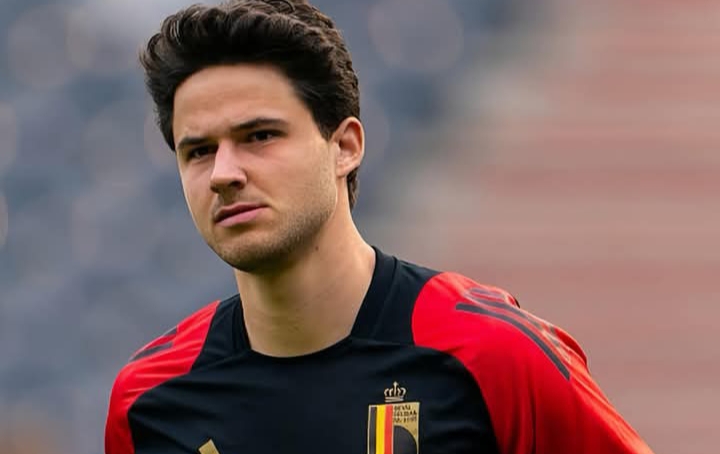

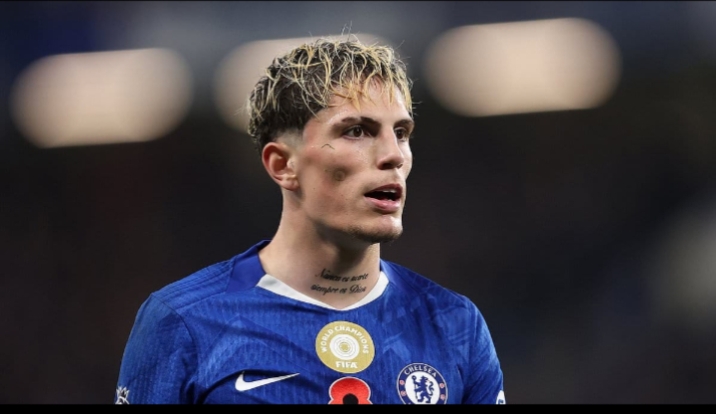
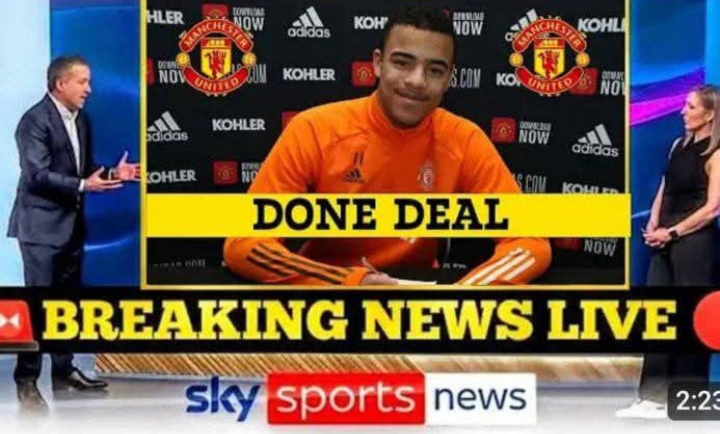

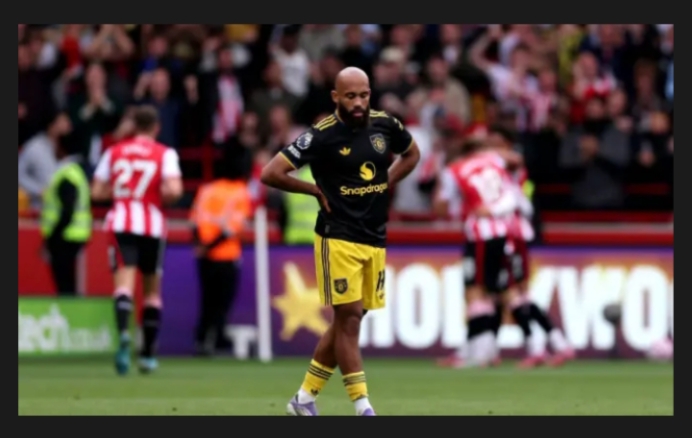

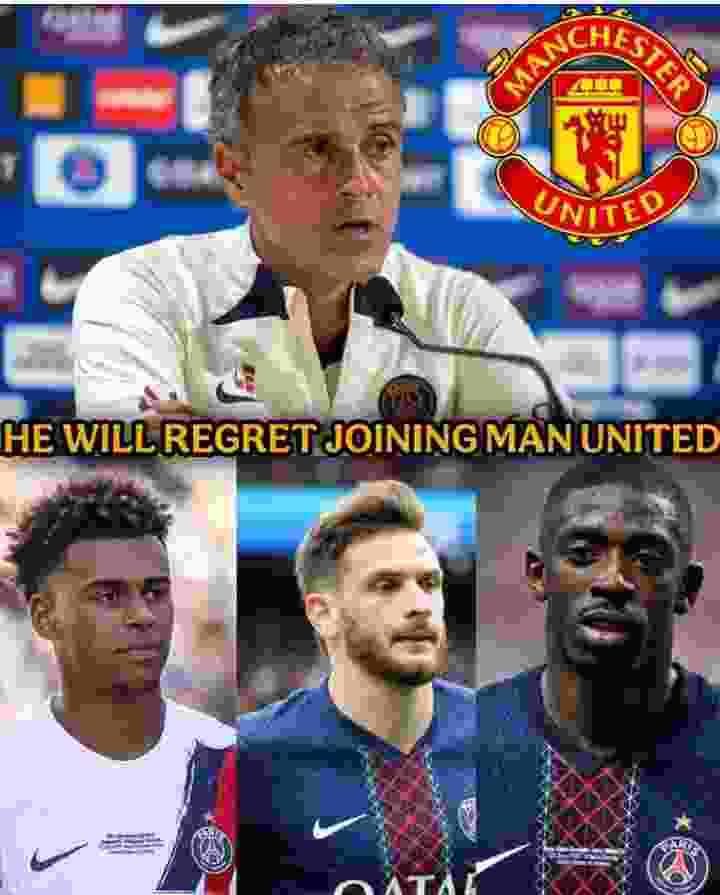
Leave a Reply